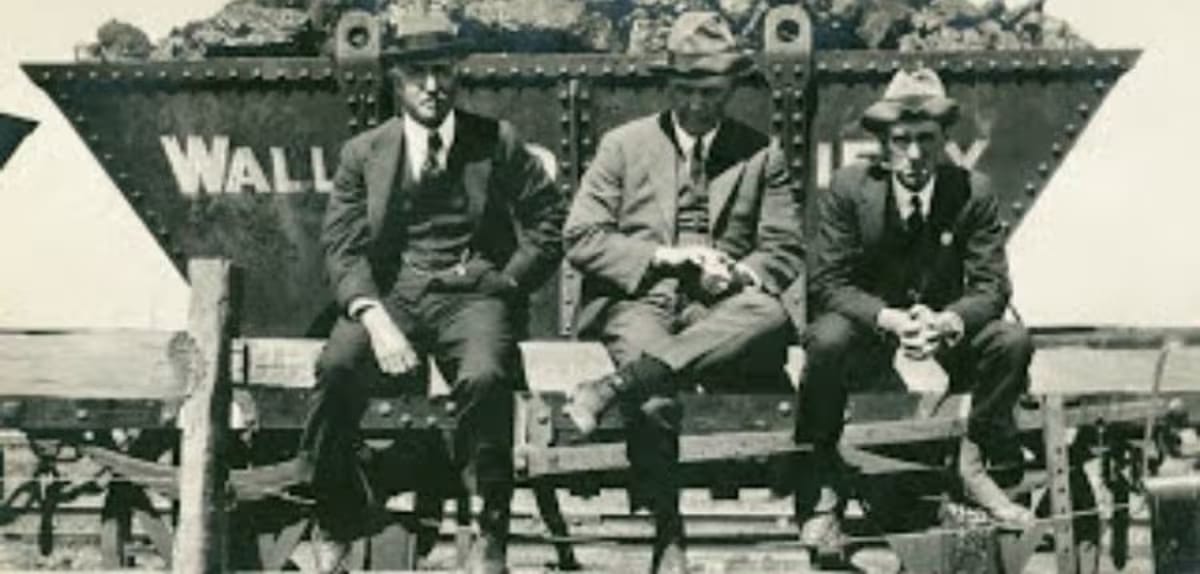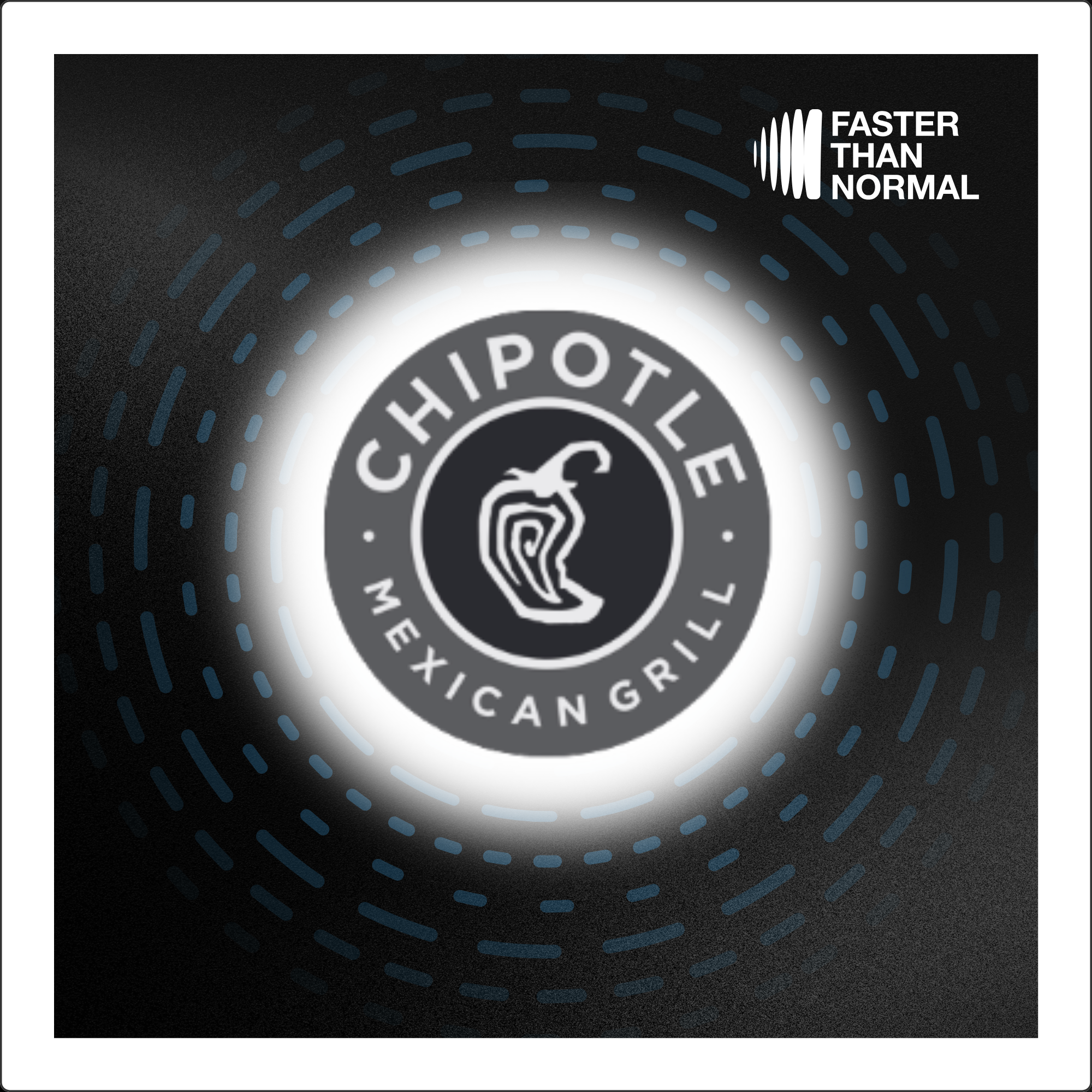BHP

BHP Billiton
From Silver to Steel: BHP's Rags-to-Riches Tale
In 1885, a group of seven miners stumbled upon a rich deposit of silver and lead in the Australian outback. They named their discovery "Broken Hill Proprietary Company Limited" - BHP.

The early days were tough. Harsh conditions. Limited resources. But these miners had grit.
"We were just a bunch of blokes with picks and shovels," recalled one early employee. "But we knew we were onto something big."
Their hunch paid off. BHP's silver mine became Australia's first major mining operation.
But success brought challenges. Fire ravaged the underground mine in 1906. Workers died. The company nearly went bankrupt.
BHP's leaders made a bold move. Diversify.
They expanded into steel production, opening the Newcastle Steelworks in 1915. It was a gamble. It worked.
"Steel saved us," said a former executive. "It gave us stability when mining was unpredictable."
World War II accelerated growth. BHP built ships and planes for the war effort. But peacetime brought new hurdles.
The 1970s oil crisis hit hard. Steel demand plummeted. BHP faced obsolescence.
Again, they adapted. Petroleum exploration. Iron ore mining. By the 1990s, BHP was Australia's largest company.
But they weren't done.
In 2001, BHP merged with UK-based Billiton. The $57 billion deal created a global mining powerhouse.
"We went from a local miner to a world leader overnight," said then-CEO Paul Anderson.
Growth continued. Acquisitions. New projects. By 2011, BHP Billiton was the world's largest mining company by market value.
Challenges persisted. Commodity price swings. Environmental concerns. In 2015, BHP spun off its smaller assets into a new company, South32.
Focus. That was the goal.
Today, BHP is a $144 billion company. It's Australia's largest taxpayer, contributing $27 billion to the economy in 2023 alone.
From seven miners with picks to a global resources giant. BHP's story is one of reinvention.
"We've never stopped evolving," says current CEO Mike Henry. "That's the key to our longevity."
130 years on, BHP remains true to its roots. Resilient. Adaptable. Always digging for the next big opportunity.
Lessons
Lesson 1: Diversify before you have to. BHP started as a silver mine. But they didn't wait for silver to run out before expanding. They moved into steel production in 1915, long before their mining operations were in trouble. This foresight saved them when mining became unpredictable. "Steel saved us," said a former executive. "It gave us stability when mining was unpredictable." Always be looking for your next move, even when things are good.
Lesson 2: Don't wait decades to advertise. BHP launched its first consumer advertising campaign in 2017 - 33 years after it was formed. They realized they needed to tell their story directly to the public. Don't assume people know who you are or what you do. Tell them.
Lesson 3: Location matters, even for resource companies. BHP centralized its marketing operations in Singapore, not in Australia or the UK where its dual headquarters are located. This strategic choice positioned them closer to their Asian customers and in a global financial hub. Don't assume your company's critical functions need to be where you started.
Lesson 4: Be willing to spin off successful divisions. In 2015, BHP spun off its smaller assets into a new company, South32. Many companies hold onto every profitable division, but BHP recognized that focus could be more valuable than size. Sometimes, letting go of good assets can make your core business great.
Book Recommendations
- The Big Fella: The Rise And Rise Of BHP Billiton by Peter Thompson and Robert Macklin
.png)








.png)

.png)
.png)
.png)
.png)


.png)
.png)























.png)




.png)


.png)






.png)

.png)


.png)
.png)